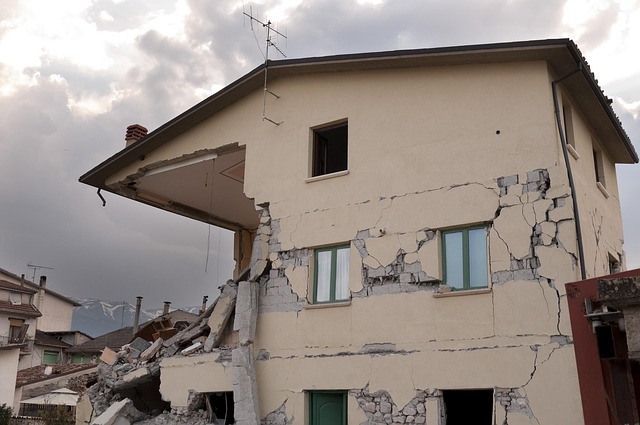Preventative maintenance and risk assessment are key strategies for safeguarding real estate investments. By anticipating and addressing potential issues proactively, investors extend property lifespans, maintain value, and avoid unexpected expenses. This includes regular inspections, routine upkeep, and understanding building structures and systems. Conducting thorough risk assessments before purchasing or managing properties involves evaluating natural disasters, structural integrity, neighborhood safety, and market trends. Implementing robust strategies like market analysis, staying informed about local economies and regulatory changes, and diversifying investments ensures long-term protection and peace of mind in the real estate market.
In the dynamic landscape of real estate investments, safeguarding your portfolio is paramount. This article guides you through the essential practices of preventative maintenance, a crucial strategy to mitigate risks and maximize returns. We’ll explore how identifying potential hazards in properties can anticipate issues, ensuring long-term investment stability. By implementing effective strategies, from routine inspections to proactive upgrades, investors can protect their real estate assets, fostering a resilient and profitable market presence.
Understanding Preventative Maintenance in Real Estate Investments

Preventative maintenance is a crucial strategy for safeguarding real estate investments. Unlike reactive approaches that kick in only after issues arise, preventative measures focus on anticipating and addressing potential problems before they cause significant damage or loss. In real estate, this translates to regular inspections, routine upkeep, and proactive repairs. By implementing these practices, investors can extend the lifespan of their properties, maintain their value, and mitigate unexpected expenses.
Understanding the nuances of a building’s structure, systems, and environments is key to effective preventative maintenance in real estate. This includes knowing when to replace worn-out components like roofing or HVAC systems, address structural issues early on, and ensure compliance with safety and health regulations. By staying proactive, investors not only protect their financial interests but also contribute to the overall longevity and sustainability of their real estate assets.
Identifying Potential Risks and Hazards in Real Estate Properties

Identifying potential risks and hazards is a crucial step in safeguarding investments in real estate properties. Before purchasing or managing any property, it’s essential to conduct thorough risk assessments. This involves evaluating factors such as location-specific natural disasters (like floods, earthquakes, or hurricanes), structural integrity of the building, neighborhood safety, and local market trends. By understanding these risks, investors can make informed decisions and implement necessary preventative measures.
For instance, assessing the property’s age and maintenance history can reveal potential issues like old electrical wiring, outdated plumbing, or structural decay. Similarly, analyzing crime statistics and community engagement in the area can mitigate concerns about neighborhood safety. In terms of real estate, proactive risk management involves not just identifying hazards but also planning for how to mitigate them, ensuring a secure investment that offers peace of mind.
Implementing Effective Strategies for Long-Term Investment Safeguarding

Implementing robust strategies is paramount for safeguarding investments in real estate over the long term. This involves a multi-faceted approach, starting with thorough market analysis to identify emerging trends and potential risks. By staying informed about local economies, demographic shifts, and regulatory changes, investors can make informed decisions that align with market dynamics. Diversification plays a crucial role too; spreading investments across different property types, locations, and price points reduces the impact of any single asset’s performance on the overall portfolio.
Additionally, maintaining open lines of communication with reputable industry professionals is essential. Financial advisors, real estate agents, and lawyers can offer insights into market nuances, suggest optimal investment strategies, and help navigate legal complexities. Regularly reviewing and rebalancing the investment portfolio based on changing economic conditions ensures that investors stay ahead of the curve, maximizing returns while mitigating potential losses.






